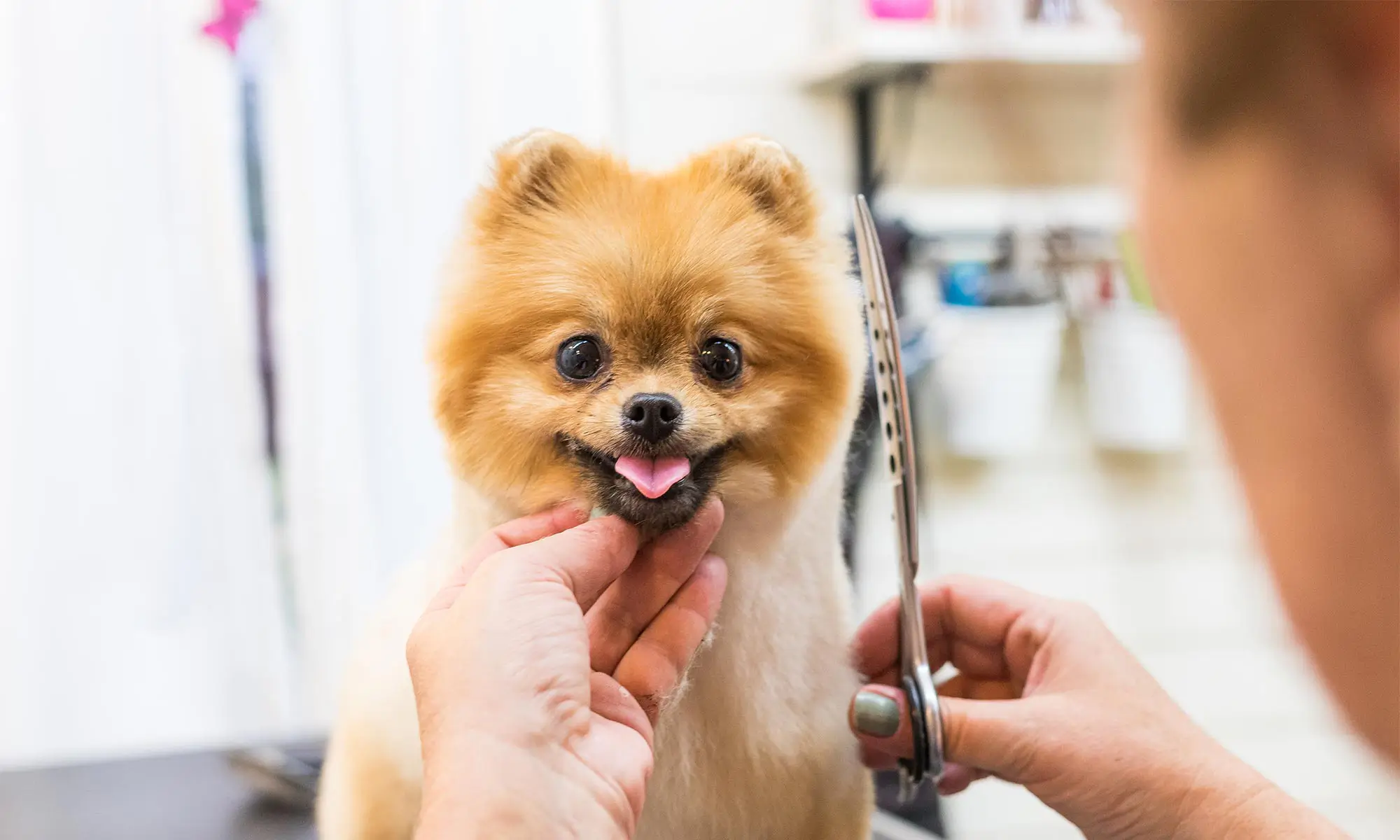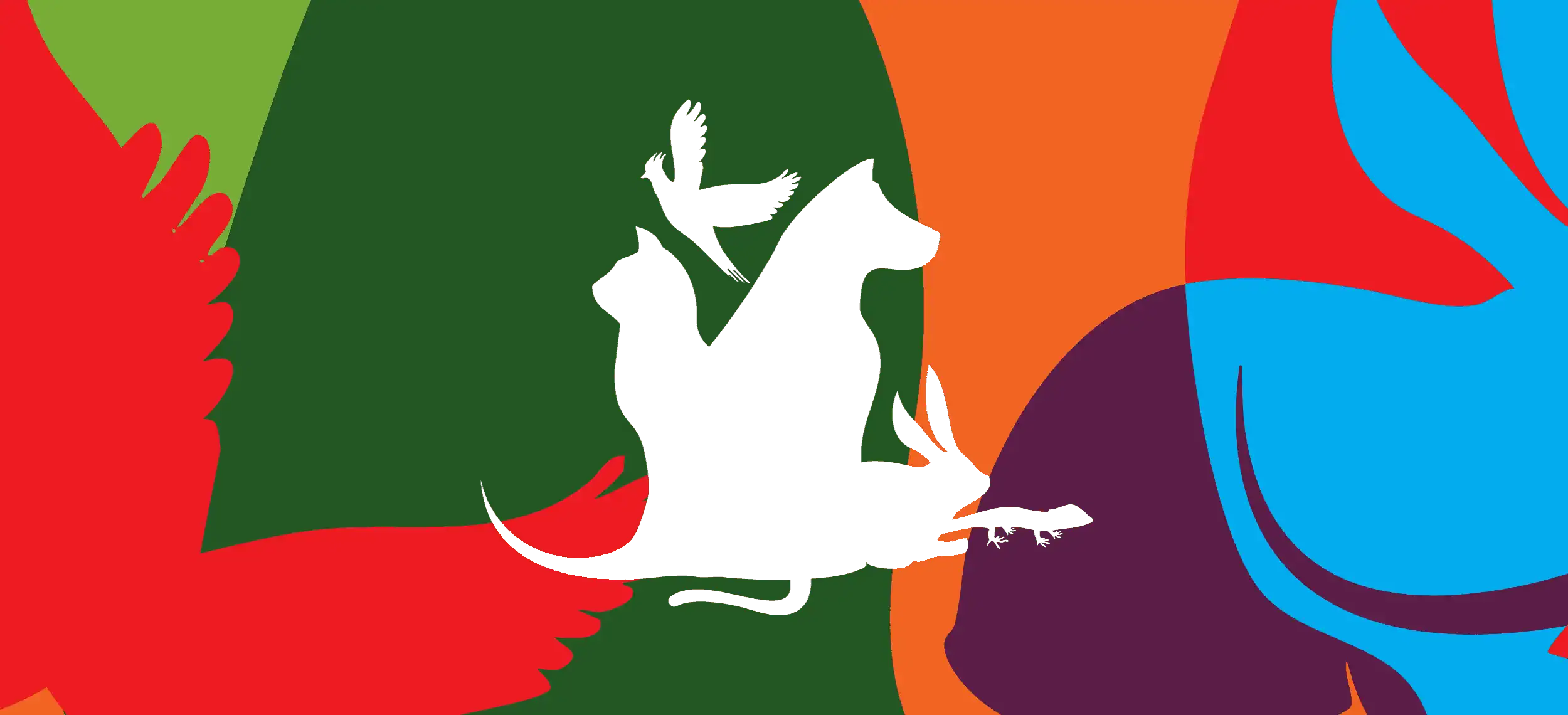Resources for You and Your Pet
Can’t find what you need? Please contact our team for assistance.
Call or Text (818) 346-7387
Based in 23210 Ventura Blvd, Woodland Hills, CA 91364
Online Store


Can’t find what you need? Please contact our team for assistance.